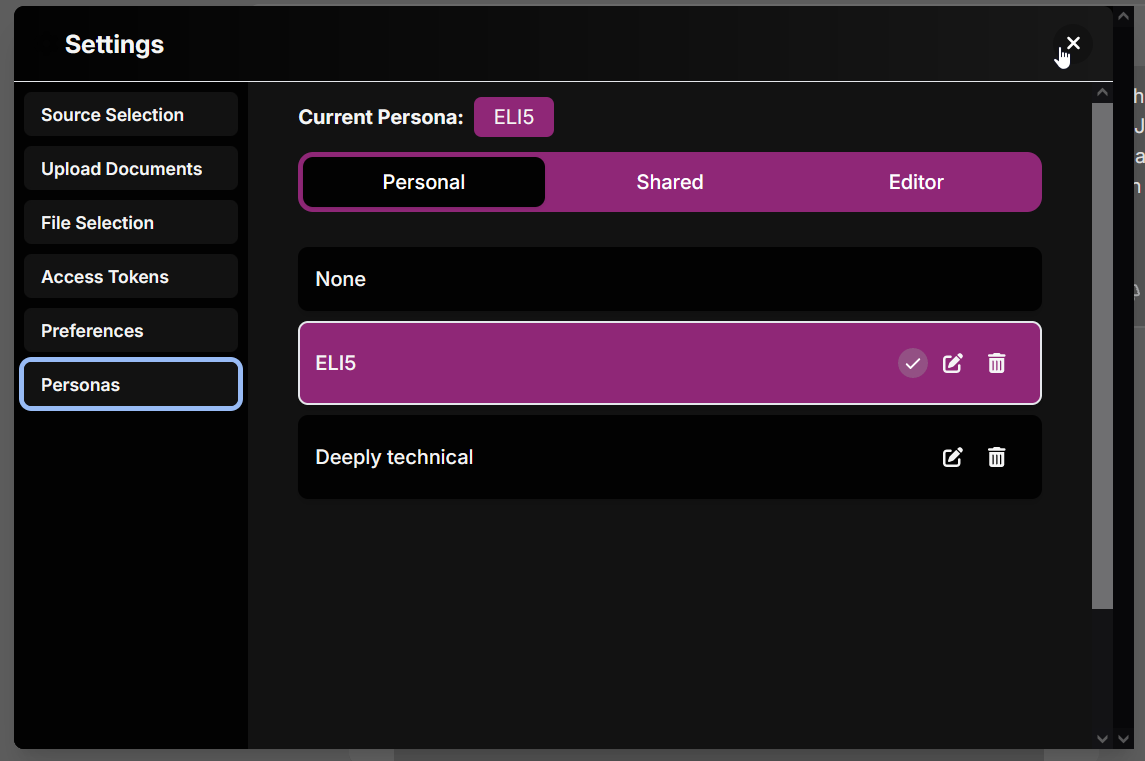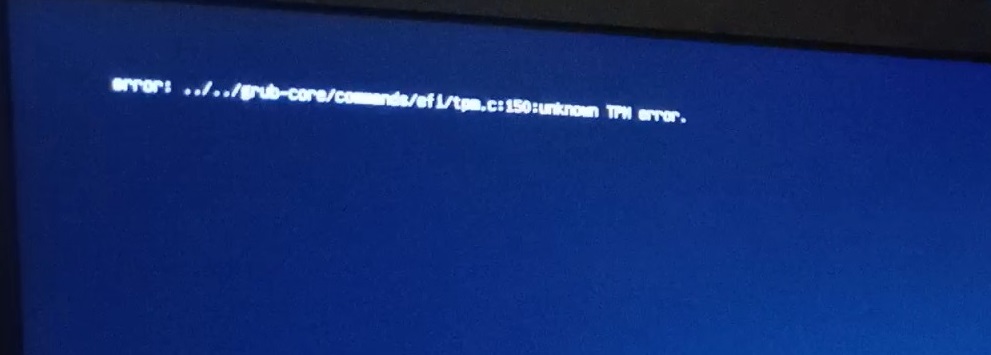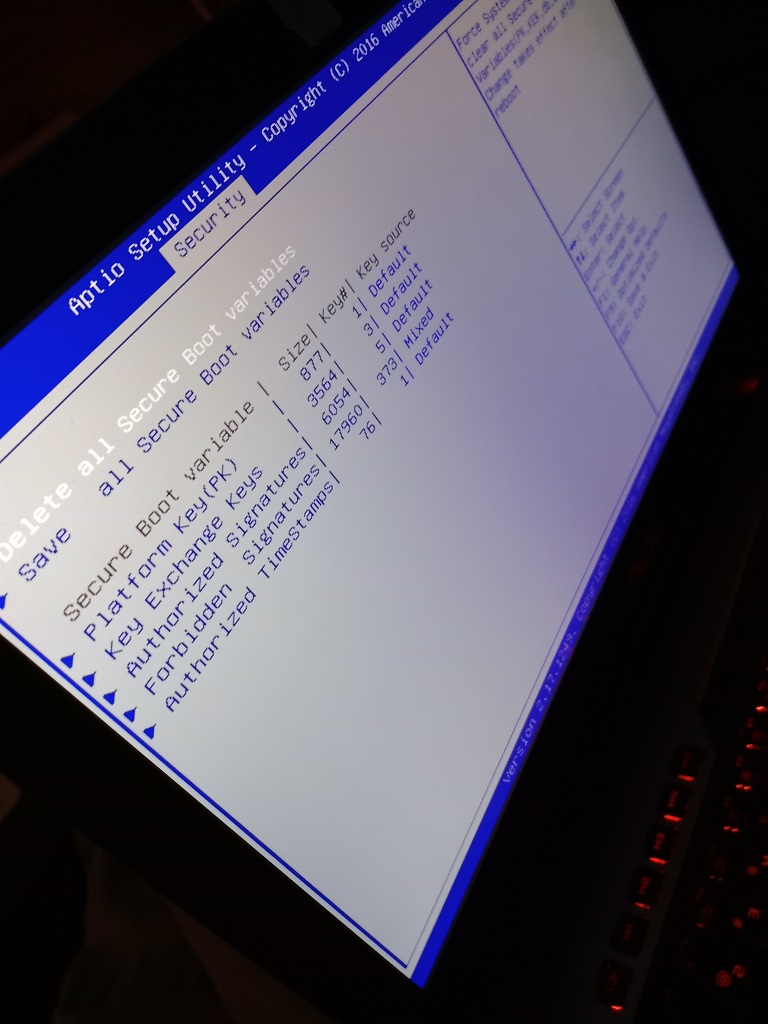Ingredients:
- Onion, diced
- Garlic, minced
- 1 tsp butter or olive oil
- Ham bone or bones from smoked pork shoulder (not completely clean)
- Dried bean assortment: pinto, red kidney, white kidney (cannellini), pink beans, great northern, baby lima, huge lima, black beans, green split peas, black-eye peas, yellow split peas, chickpeas, red lentils, green lentils
- Smoked pork
Method:
In a pressure cooker, saute onions and garlic for a few minutes in butter or olive oil.
Remove from heat. Add about a pound of the bean mixture to a pressure cooker, add the bones (if using ham bone, don’t add salt; if using pork bones, add salt), then fill the pot with water to slightly under halfway. Pressure cook on high for about 35 minutes. Allow to naturally depressurize.
Liquid should be thickened from the beans cooking and flavored from the bones. Remove the bones and add more salt as needed.
Add smoked pork, and stir to combine. Allow to simmer until pork is heated.
Notes: We keep containers of various dried beans and peas. They’re really cheap, keep practically forever (especially since we got the vacuum sealer attachment that seals up Ball jars!), and cook fairly quickly in the pressure cooker. For this dried bean mixture, I just grabbed about half a cup of all of the larger beans and a quarter cup of the smaller split peas and lentils. In total, it’s about a pound of dried beans.






